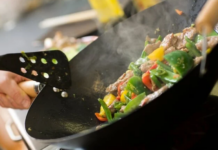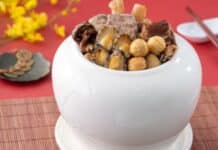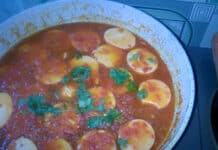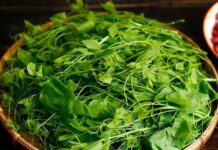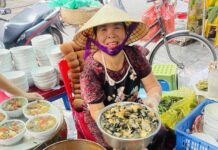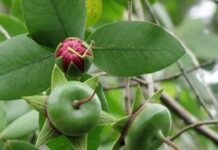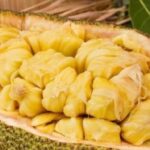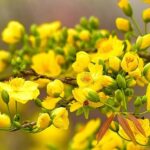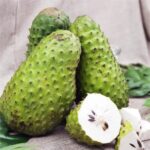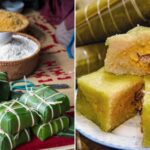Wildflower honey is often praised for its health benefits. It is rich in vitamins and minerals, boosting immunity and aiding in the treatment of various ailments. The yield of wildflower honey is relatively low, and most of the honey sold on the market is produced by domesticated bees. Whether you choose to buy wildflower or domesticated honey, ensure that it is pure and of good quality.
However, some unscrupulous sellers mix honey with impurities to increase their profits, creating fake honey that deceives consumers. Consuming this type of honey can have negative health consequences. Fake honey is often made from sugar and other additives, which can disrupt digestion, contribute to obesity, and be especially harmful to diabetics.
To avoid purchasing fake or low-quality honey, keep in mind the following tip.
Distinguishing Real from Fake Honey with Water
Take a clean glass of water and use a straw to drip a drop of honey into it. If the honey slowly sinks to the bottom, it is authentic. Fake honey will dissipate into the water as it falls.
For better observation, use a tall glass. The honey drop will take longer to reach the bottom, allowing you to see if it dissipates. Also, only drip a small amount of honey into the water, as a larger drop may not dissipate in time for accurate differentiation.
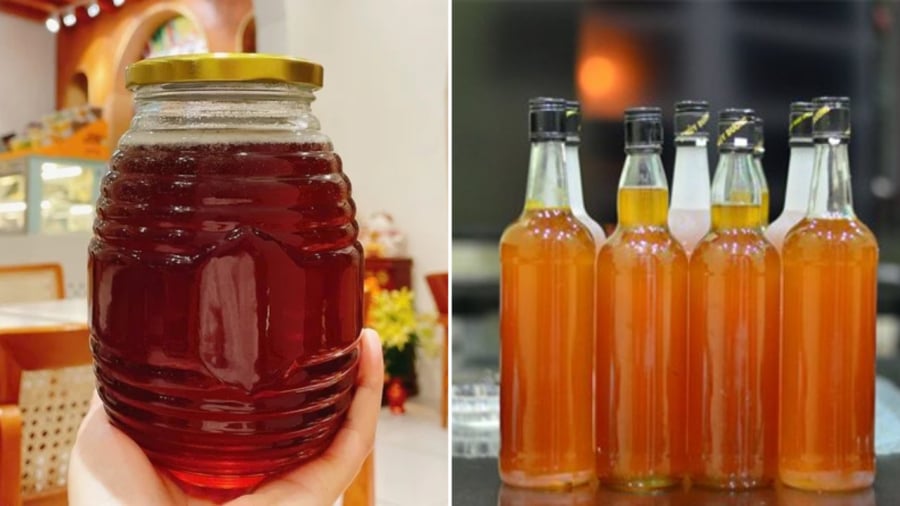
You can easily differentiate real from fake honey with a glass of water.
Honey Storage
When storing honey, opt for glass containers, preferably tinted ones, to slow down the oxidation process. Glass jars will not alter the honey’s properties over time. Always keep the lid tightly closed to minimize air contact and maintain the honey’s quality.
Avoid storing honey in metal containers as the honey’s components may react with the metal, compromising its safety and quality.
Honey only requires storage in a cool, dry place, away from direct sunlight. There is no need to refrigerate it.
Over time, the sugar in honey may crystallize and settle at the bottom of the jar. This is normal and does not affect its edibility.
Essentially, pure honey has an indefinite shelf life if properly stored. Always use clean utensils to take honey, and if you notice any strange taste or odor, discard it.
The Mighty Jackfruit Core: Discover its Surprising Uses
When it comes to indulging in the sweet, creamy delight that is a ripe jackfruit, you might be tempted to discard the core. But hold that thought! The core of this tropical treat is a treasure trove of flavor and texture, and discarding it would be a missed opportunity. Imagine a burst of sweetness with a hint of tanginess, a contrast of soft and crunchy bits, all dancing on your palate. It’s an experience that will leave you wanting more. So, the next time you find yourself with a jackfruit in hand, remember to savor every part of it, including the underrated but magnificent core.
The Ultimate Guide to Heart-Healthy and Liver-Cleansing Fruits: Unveiling the Secret Behind the Vietnamese Traditional Tray of Five Fruits
For generations, the traditional Vietnamese fruit tray has been an integral part of cultural celebrations, especially during the festive season. Beyond its spiritual significance, this vibrant display of familiar fruits also offers a wealth of nutritional benefits, particularly for cardiovascular health and liver function.







